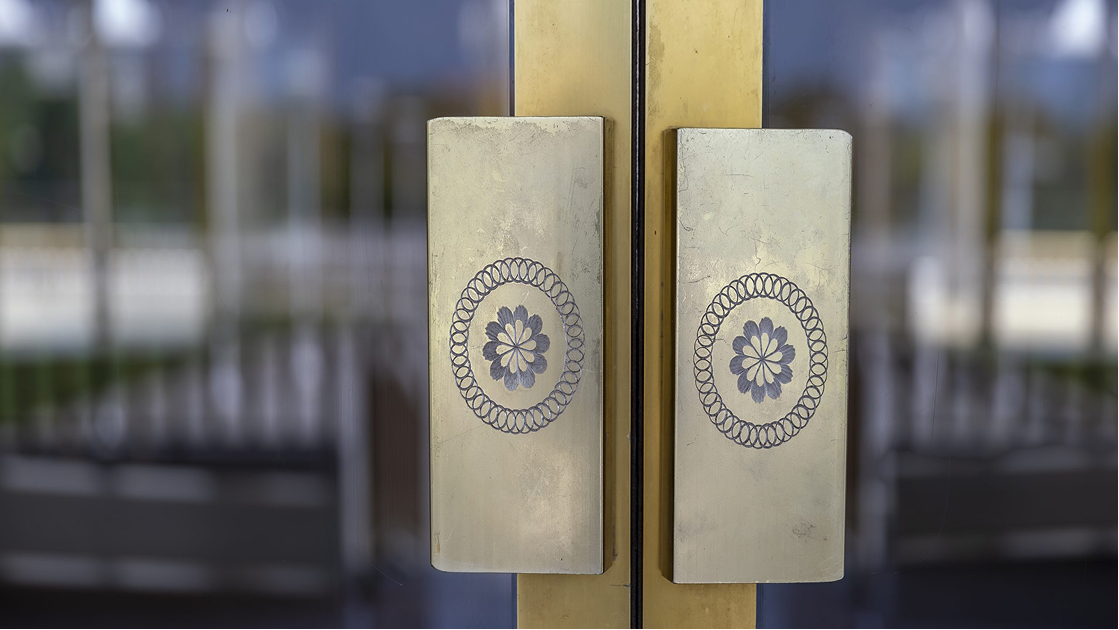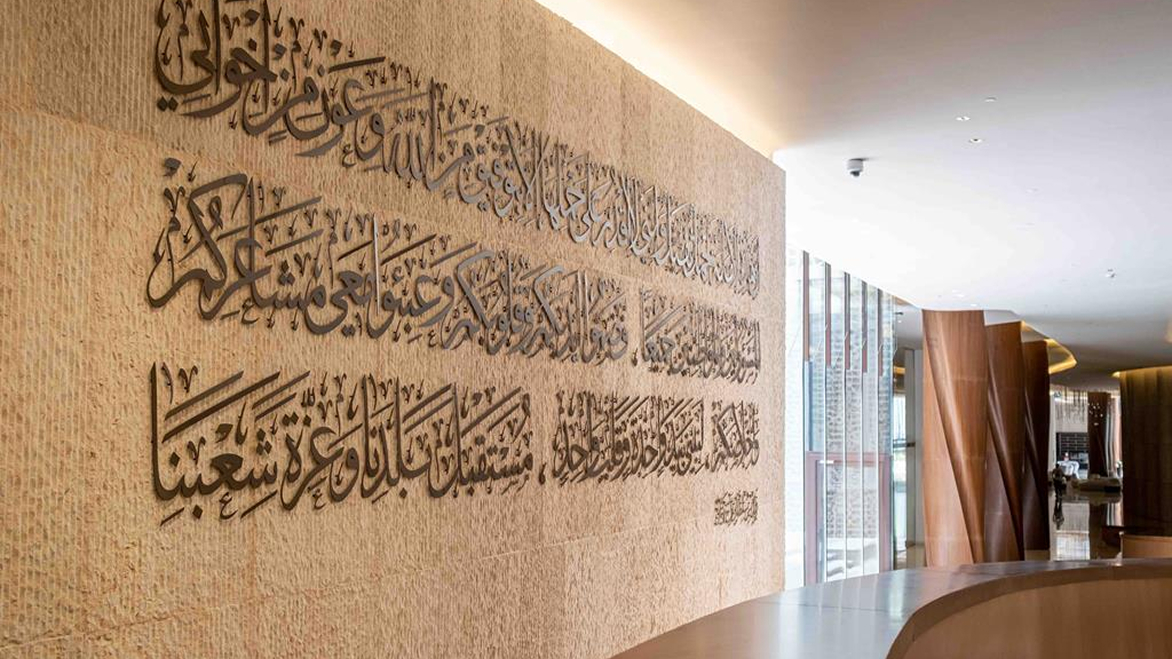
Union House is the heart of it. This is where, on 2 December 1971, the rulers of six Emirates sat down, signed the Declaration of Union, and formed the United Arab Emirates. Ras Al Khaimah joined soon after, but this building is still considered the birthplace of the country. The room where the signatures were placed has been carefully preserved, so visitors see the setting almost exactly as it looked on that morning.
Around this historic site, the new museum building forms a thoughtful, contemporary frame. Designed by Moriyama & Teshima Architects, it carries delicate visual hints: a structure shaped like an open manuscript, gentle curves along the façade, and seven slim columns recalling the pens used in the signing. The museum focuses on the period from 1968 to the early 1970s, when the Emirates were negotiating their future. Documents, personal items, recordings, and well-curated multimedia galleries show how the leaders moved from separate sheikhdoms under British treaties to a single federation.

One of the most recognizable features of the site stands outdoors. The UAE flag rises on a 123-meter pole, one of the tallest in the region, and it is clearly visible from both the land side and the sea. This placement is intentional. The coastline here once formed a natural point of arrival, so the flag acts as a quiet signal of identity – something people can see even before they reach the shore.
Inside the museum, the narrative unfolds gently: early discussions between the rulers, the challenges of shaping new institutions, and the practical steps that led to unification. Nothing feels staged. The galleries rely on well-preserved documents, straightforward timelines, and the personal belongings of the founders to show how the country moved from an idea to a functioning state.

The museum was officially inaugurated on 2 December 2016 – aligned with the UAE’s 45th National Day – and opened to the public a few weeks later. Since then, the site becomes especially alive each year around 3 November and 2 December, Flag Day and National Day respectively. While the celebrations across the city are large, the museum itself hosts smaller, more focused programmes – temporary exhibitions, talks, and commemorative displays – reminding visitors why this location still matters.


.png)
.png)
.png)
.png)
